Interview with our Managing Director Marc Joss in the AZ - 23.06.2025
Posted by Switcher Content on June 23, 2025Aargauer Zeitung 23.06.2025 - Claudia MeierFive years ago, the man from Aargau resurrected the well-known clothing brand, which went bankrupt in 2016. At the company headquarters in Frick, Managing Director Marc Joss talks about sales figures, a big mistake on its return, competition from China and possible expansion - including abroad.
The clothing brand Switcher was founded in 1981 by student Robin Cornelius in Lausanne. The concept of offering T-shirts and sweatshirts in over ten colors and different sizes from a Swiss warehouse was revolutionary at the time. Today, many people no longer know whether the brand with the yellow whale logo still exists. After going bankrupt, a former employee breathed new life into Switcher in 2020. The head office and central warehouse are now located in a garage in Frick. Managing Director Marc Joss moved into his own office just four months ago.

Things do not appear to be going well in the Swiss online clothing sector. Sales for the first quarter of 2025 are around 10 percent below the previous year's figure. What is the situation at Switcher?
Marc Joss: We are taking an anti-cyclical approach because we have not yet reached our potential. This means that we are currently experiencing double-digit growth every month compared to the previous year. Other brands have come out of enormous growth after corona. Switcher, on the other hand, was new to the market when the pandemic started. We first had to find out where we wanted to go.
The industry says that fast fashion competitors from China such as Temu or Shein are to blame for the slump in sales. Do you see it differently?
I am against the statement that sustainable clothing cannot be sold. In my opinion, these are excuses to say that our business isn't doing well at the moment or that our products don't suit our target audience. There are currently some brands that are doing well. In our region, these include Chicorée Mode and Zebra Fashion. They are not positioned in the same way as us and appeal to a different clientele. However, their strategy with online and offline sales outlets seems to be working. In other words: Not all of them have lost sales.
But China is already shaking up the Swiss market.
In fact, Chinese platforms continue to deprive the Swiss retail trade of over a billion francs in sales, sometimes unfairly. We have to face up to this competition, but the same rules must apply to everyone in future. Politicians also have a role to play here.
They have taken over the traditional clothing brand. Switcher T-shirts are considered to be robust and retain their shape. How can such a company survive in Switzerland?
I recently attended the General Assembly of Swiss Textile. This is the association for the manufacturing industry in Switzerland, but also for brands. The textile industry in the country is very vital. The manufacturing industry is innovative. There are many young, successful brands that have positioned themselves well. They have hybrid productions with added value in Switzerland, perhaps sewing work in Portugal and a proportion from India. You can have a good clothing brand from Switzerland. There are plenty of examples of this.
Switcher went bankrupt in 2016. The staff no longer received their April wages and the managing director disappeared. How surprising was the end of the company for you as an employee who had been on board for 15 years?
We had certain information at management level. However, we were always of the opinion that there was a solution with the transfer of the company to a rescue company and a new start. A lot had already been worked out, but the two groups of owners simply couldn't find each other. They opted for bankruptcy. Each side had its own story. I know both of them. My wish would have been to continue with some of the employees as quickly as possible so that we didn't lose market share and could stay in touch with our customers.
Instead, a legal dispute over the brand ensued. Why did you dare to try again later?
With my employer at the time, Werk5, we initially had a small Switcher collection of ten models produced under license. Then the current investor approached me. This is a manufacturing family from Tiruppur in southern India. They already knew Switcher because they had produced fabric for our old Indian investor and wanted to have their own brand in Switzerland. For the operational side, they were looking for someone to take over the management and the lead.
Who now owns the trademark rights?
The brand rights remain with the people to whom Switcher sold them in 2014. They have a license agreement with the investor. I myself also have a small share of the brand rights. That's because we don't pay ourselves manager salaries, but a normal SME salary.
You launched your new trading company from the former Elfingen community center at the beginning of 2020. How is the collaboration with India going?
We are in daily contact. We are currently focusing on growth and the associated planning. We want to import as many products as possible by sea freight. This has to do withCO2 emissions on the one hand and the price on the other. Air freight is currently very expensive. This will become a challenge if our figures double in individual business areas. Are we building a larger warehouse now? We have limited space. We have to be economical with it. We are also currently working on many new developments.

How will the product range change?
We are phasing out our affordable Whale product line. Although there were discussions earlier, we made the big mistake of continuing this subgroup when we returned. We are also clarifying whether we should expand the range in the direction of technical clothing or rain protection. Our target group is clearly 30+. Basic T-shirts without a logo are also popular with Generation Z. But that is no reason for us to expand the target group to 16+.
How big is the proportion of corporate clothing?
Switcher founder Robin Cornelius focused on business customers right from the start. Today, their share is around 50 percent and is quite stable. The plain-colored sweatshirts and T-shirts were also in demand in the retail business. The company took on a pioneering role here early on.
Which area is growing the fastest?
Our own webshop and online marketplaces. We are now working with Zalando Switzerland. The retail sector has become very difficult. Multi-label stores are becoming increasingly rare. Setting up your own stores is extremely expensive, risky and ties up a lot of capital.
Who designs the clothes?
In Switzerland, we have freelancers who work for us and other people directly in the factory. Everything comes together for me.
Are all Switcher products manufactured in India?
Yes, for certainly 95 percent of our collection, all production steps take place in India. Two caps, for example, are still produced by our former Chinese supplier.
Back in 1998, Switcher introduced a code of conduct for all suppliers along the entire production chain. How important is this sustainability concept today?
Some customers are certainly extremely focused on this topic. But this proportion is not as large as many people think. If you compare the textile companies of today with 1998, you can see that today you can simply buy certified organic cotton and recycled yarns. Certification bodies inspect factories. We produce the clothes in India in a vertically integrated way. This means that every production step takes place within a radius of around 20 kilometers. India is approaching the European standard. One example is the water treatment at the dyeing plants in Tiruppur. Wind and solar energy are widespread and important for meeting the energy requirements of the factories.
Why is it worthwhile for a company to opt for durable clothing?
It's a fact that ten percent of global CO₂ emissions come from the textile industry. For me, it's sustainable if I get customers to consume less. That has a positive effect on CO₂ emissions. I get customers from the fast fashion sector. Even people who buy long-lasting T-shirts will replace them after a few years or buy one in a different color. But they won't buy 15 shirts a year. First and foremost, the customer wants a good and beautiful product that is produced as sustainably as possible. If they don't find anything, they'll leave.
How have purchase prices developed?
Products from India have always been somewhat more expensive than those from Bangladesh or China. India is a stable country. The tariff reductions that have been in place between India and Switzerland since the beginning of the year are somewhat to our advantage. If raw materials become more expensive again, we won't have to raise our sales prices immediately.
Is production in Europe not an issue?
We are looking at it. There are various value chains, including with interestingly priced finishing companies in Switzerland. Perhaps we will find a hybrid form with a large proportion from India and a small collection from Switzerland or another European country.
The central warehouse and main office have been located in Frick for two and a half years. How many employees do you have?
We are four permanent employees. Six part-time employees work on an hourly wage. Mothers, who all live in the region, appreciate the flexibility. Jobs like this are rare. The first apprentice in logistics starts in the summer. Another has completed his commercial apprenticeship with us. But I don't want to hire a lot of people very quickly and then the costs get out of hand. We prefer to invest in development.
What was the turnover last year?
Just under 3 million. That was around CHF 400,000 more than in 2023. We are expecting 3.5 to 4 million for the current year. We are currently growing strongly, but not in all areas. It won't be possible to generate more than CHF 5 million in sales with the current set-up. We have also had critical moments in recent years and considered scaling the company back. This can happen very quickly in the textile industry. Growth can become a problem.
When you look back at the brand founded in 1981. What are your main takeaways from the company's history?
The company grew steadily from 1981 to 2001. In 2005/2006, the company made great leaps forward, investing heavily in new product ranges, in the outdoor sector and in new stores. Turnover rose from 50 to 100 million within a very short space of time. Then there were crises on the market and the company waited too long to make corrections. Huge overstocks developed. New investors were brought in. Bosses were replaced and there was a dispute with the founder, who had previously been an important compass. The DNA of Switcher was lost. In 2010, the founder took back the operational business with the support of his Indian producers, who were overwhelmed. In the year of its bankruptcy, Switcher still achieved a turnover of 40 million francs. The company could still have been saved.

What are you personally particularly proud of?
That's a big word. I'm proud that three years ago we managed to bring our external warehouse in western Switzerland, which was completely out of control in terms of costs, to Frick. We were on the verge of closing down and were able to set up the platform here within a very short space of time. The company is now starting to make a profit. You can pause for a moment and be proud. But then it goes straight on.
Which person has encouraged you the most?
Company founder Robin Cornelius. I worked closely with him for twelve years. He was creative and innovative. In 2001, he had visions that are now becoming reality. He realized that complete product traceability was needed and introduced a corresponding code. This made him a pioneer. Against all internal resistance, we set up the first online store in 2002. Only Cornelius wanted this and he was right. In 1998, he developed sustainability guidelines together with non-governmental organizations. Today, such standards apply worldwide and people don't even know where they come from.
Will there be switcher stores again?
If we find a suitable space near our warehouse in Frick, we will certainly open a factory store. It certainly has potential. Switcher is often in demand. Decentralized stores, on the other hand, carry a big risk. Our range is too small for a mono-label store. We are looking into where we could rent a small space in existing stores. Wholesalers would also be of interest to us. We were in the Coop at the beginning of 2000 and were pushed out by the Naturaline private label. It's a battle for every square meter. I'm open to Migros, Loeb, Aldi, Lidl or others. But not at any price.

Will you be expanding abroad?
It is difficult to deliver from a Swiss warehouse to the EU. Many companies would like to do this, but they don't know how big the sales market is. Setting up the corresponding structure is very cost-intensive. We are now looking at how things are going with our online marketplace Zalando and will then decide whether to pursue a European strategy, including logistics, via Zalando. If we have done our homework, we should accept this challenge. I believe our brand has potential in the EU.



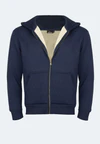
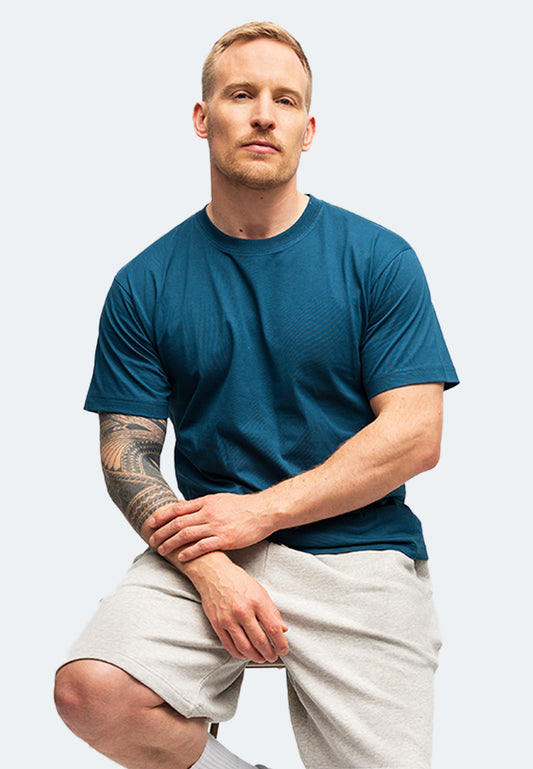
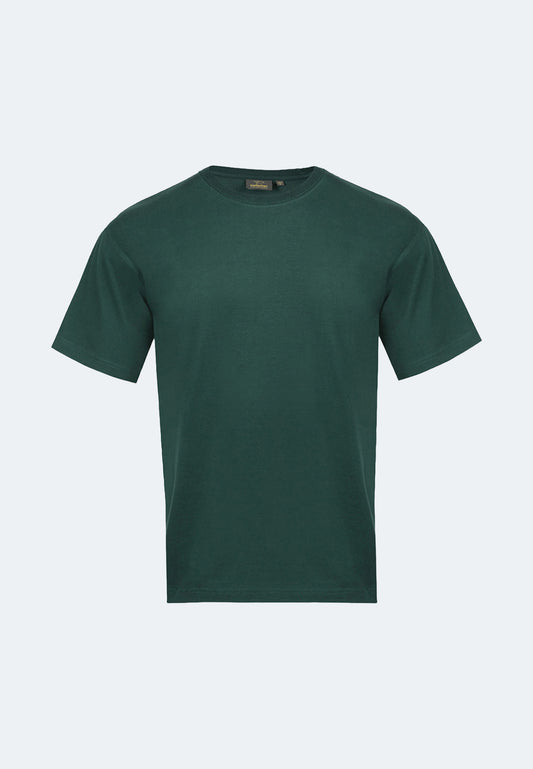


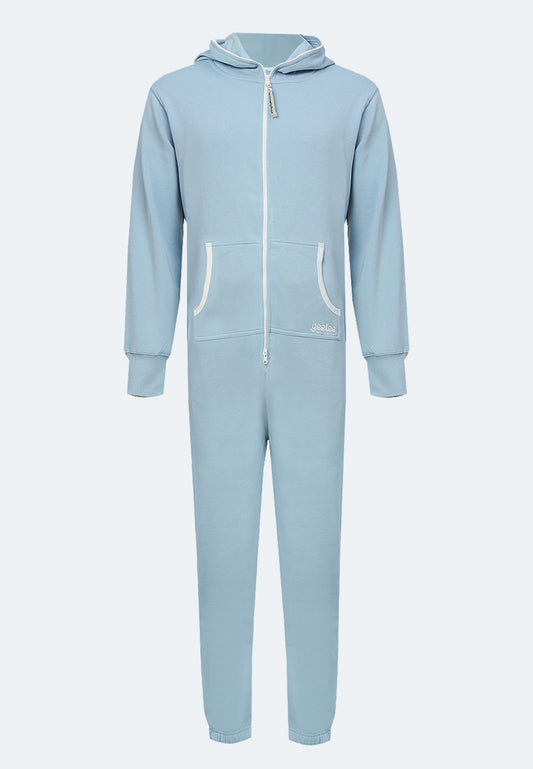
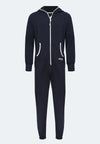

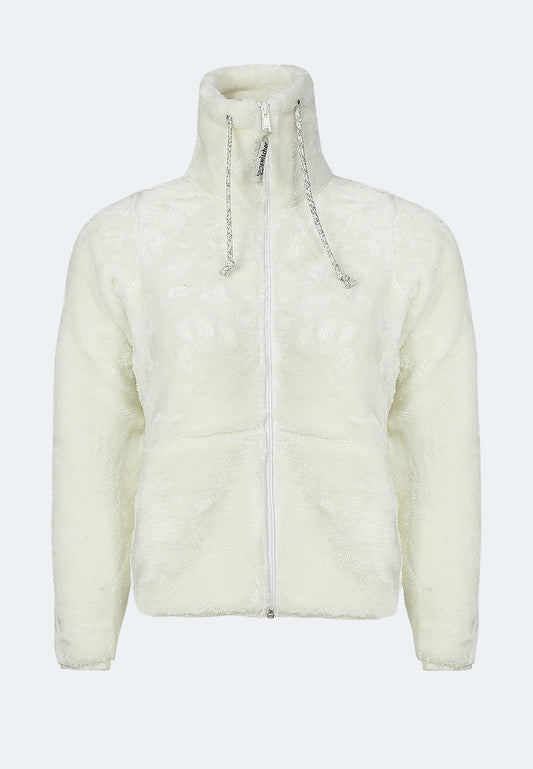

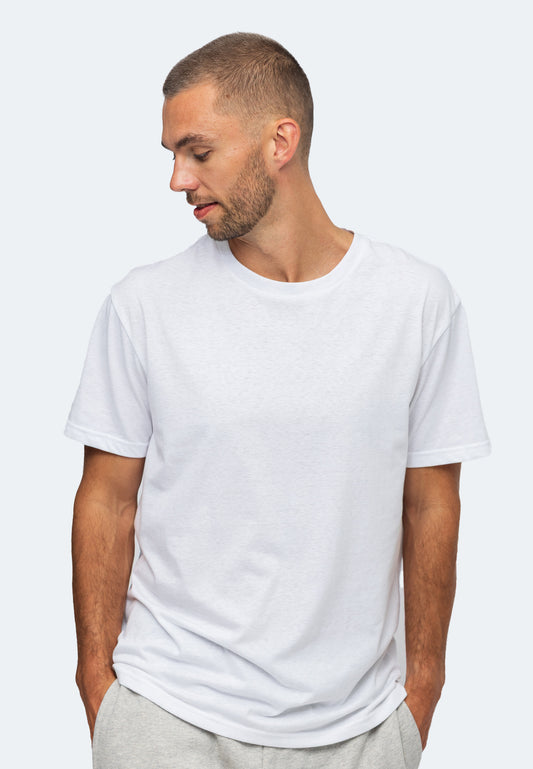
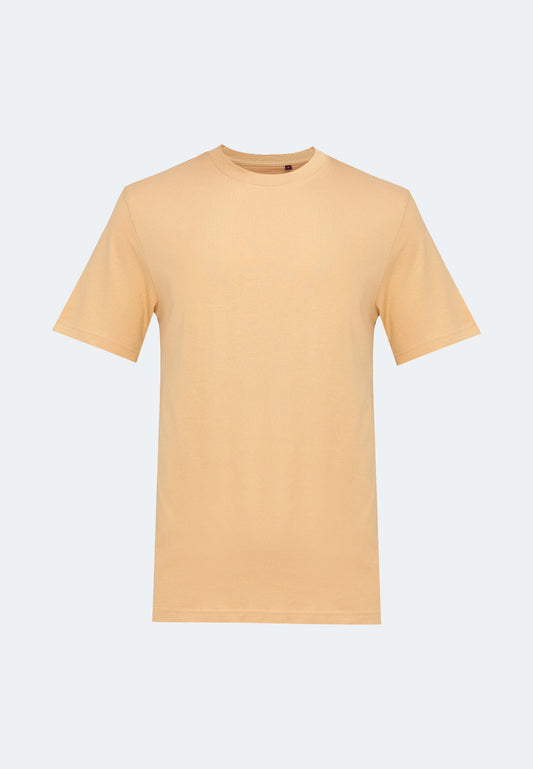


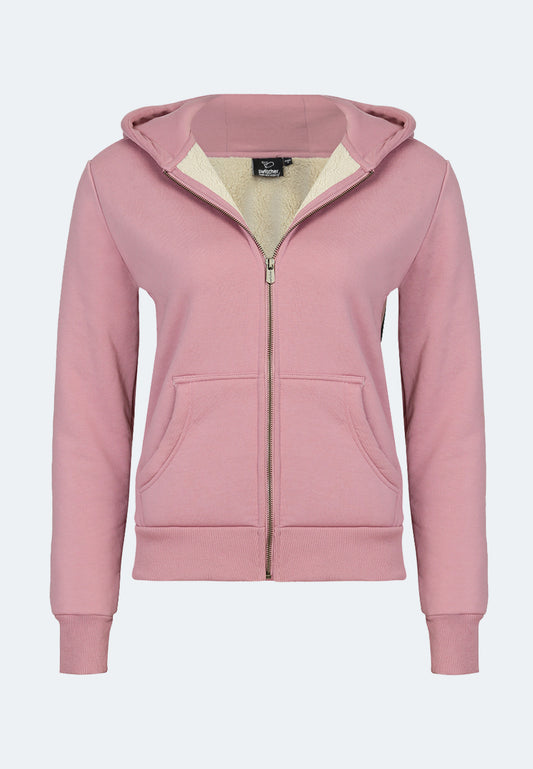
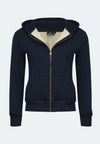


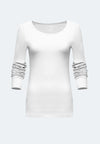
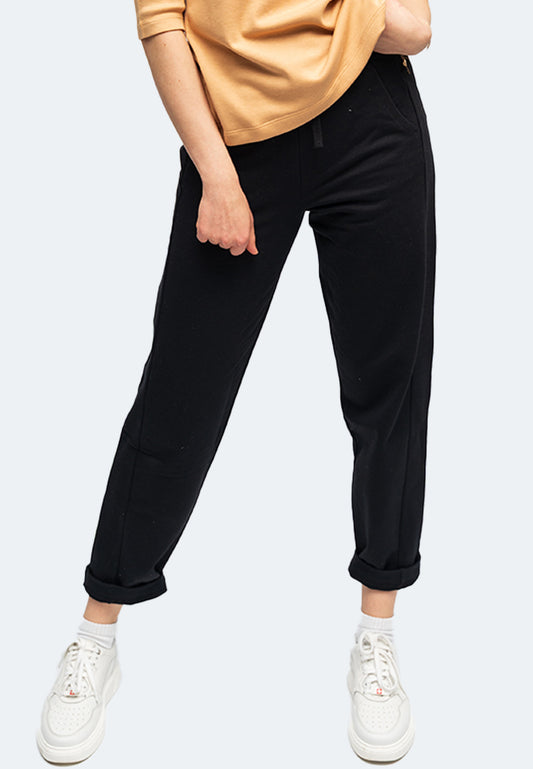

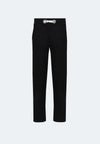
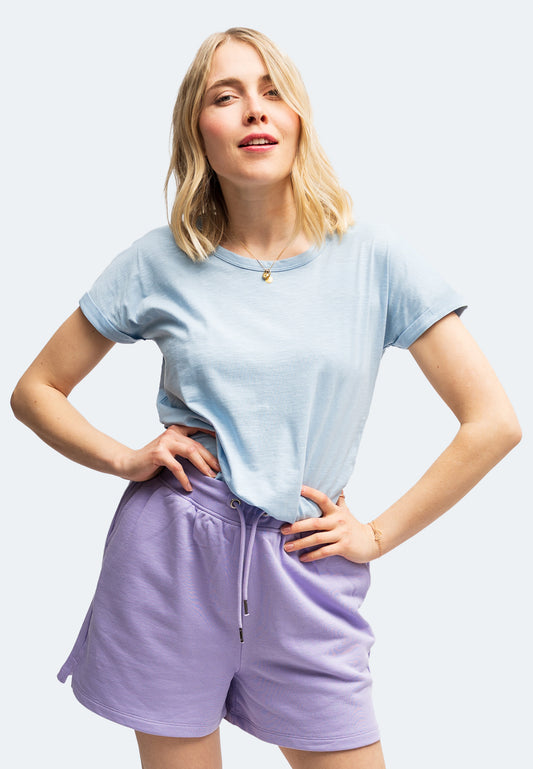


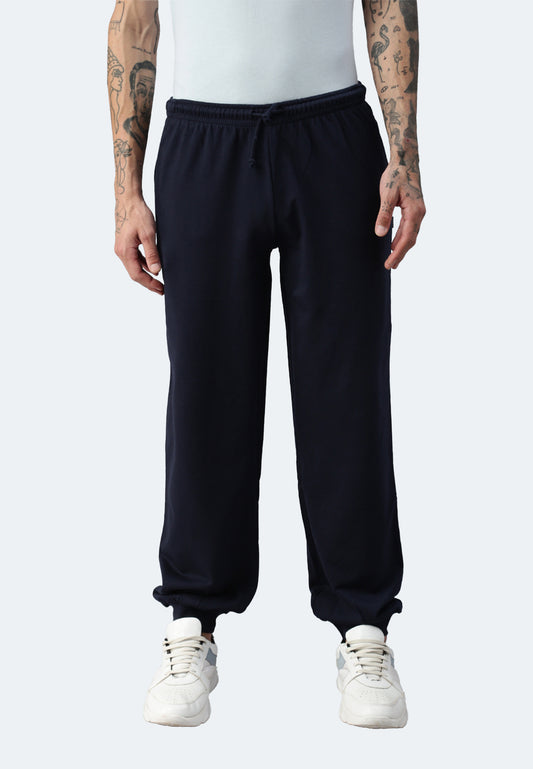
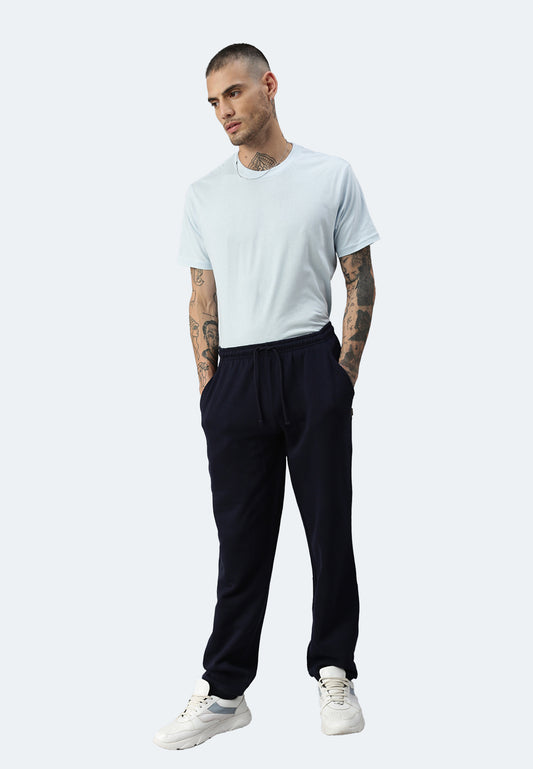
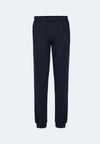
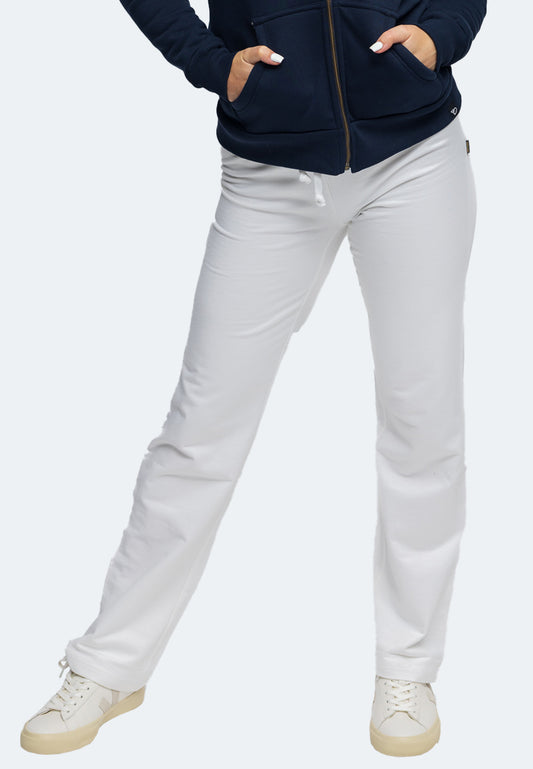





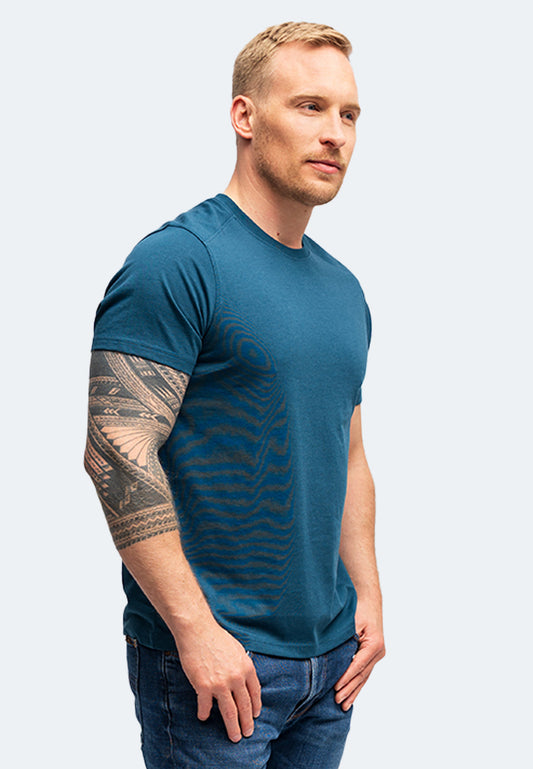
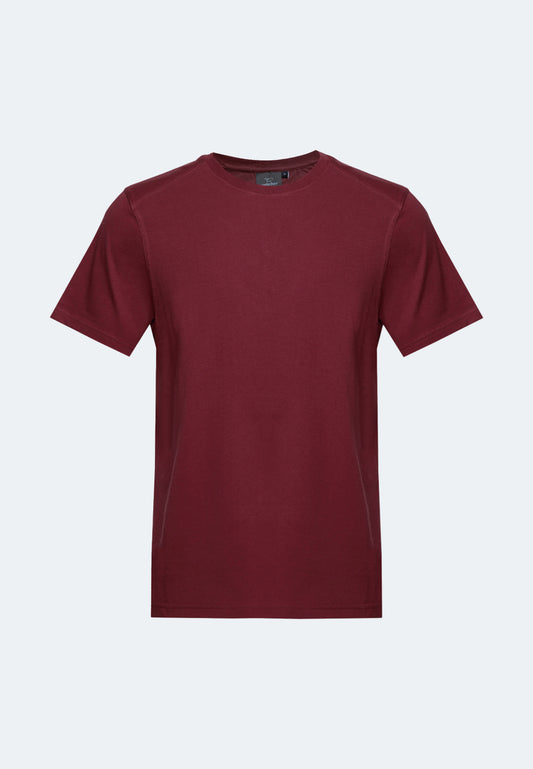




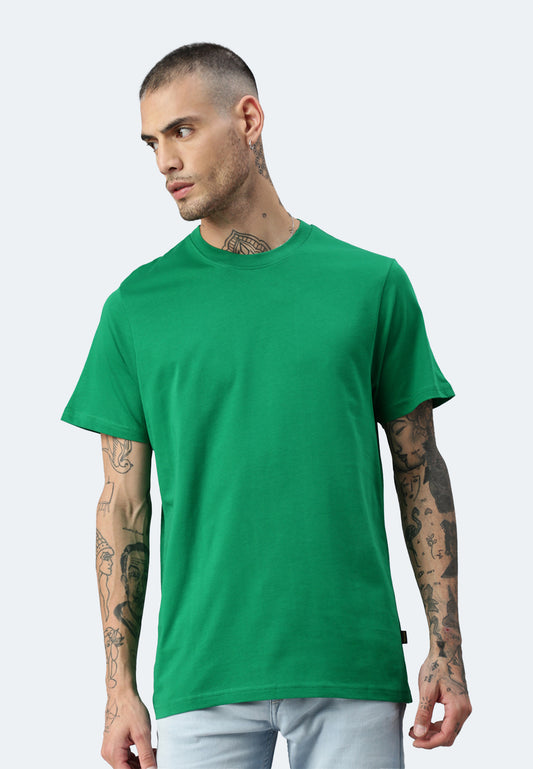
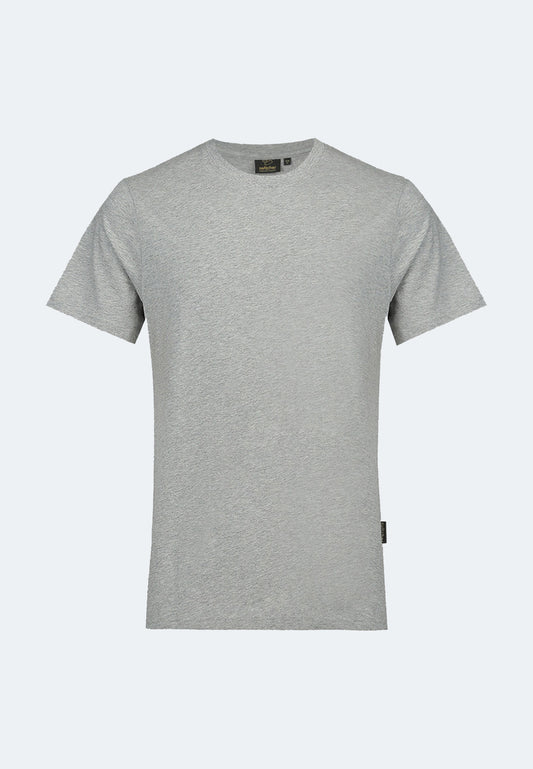





Leave a comment